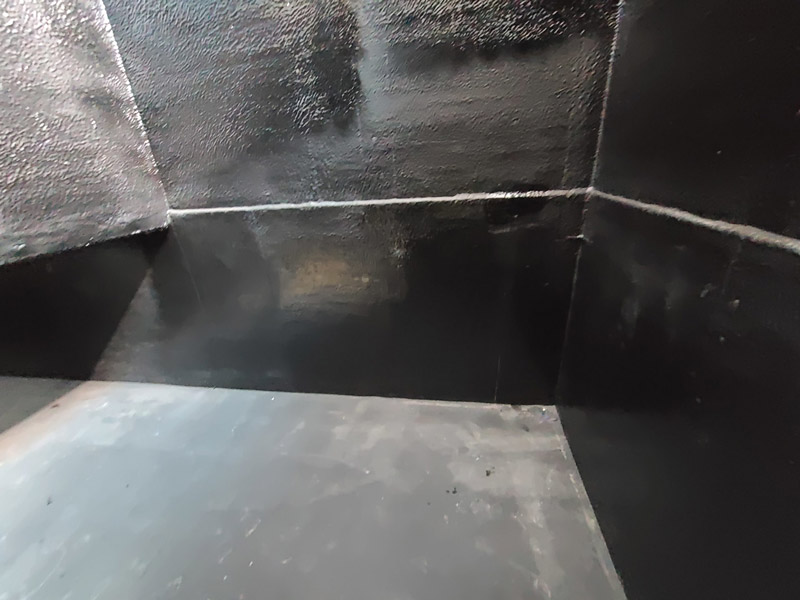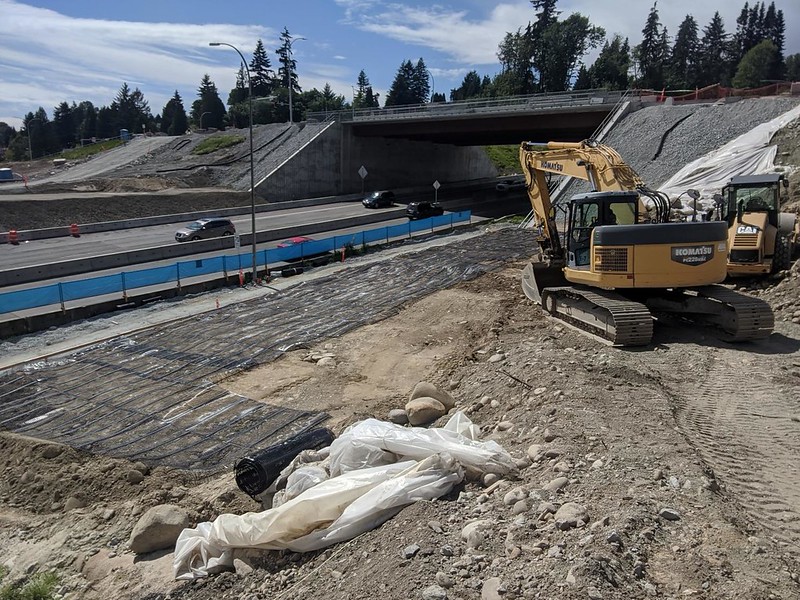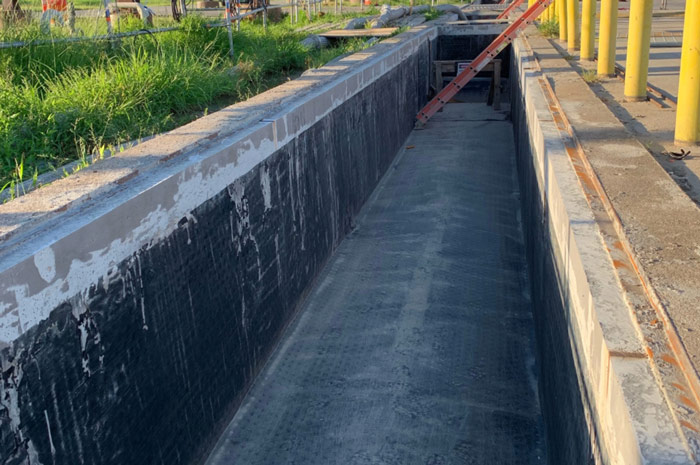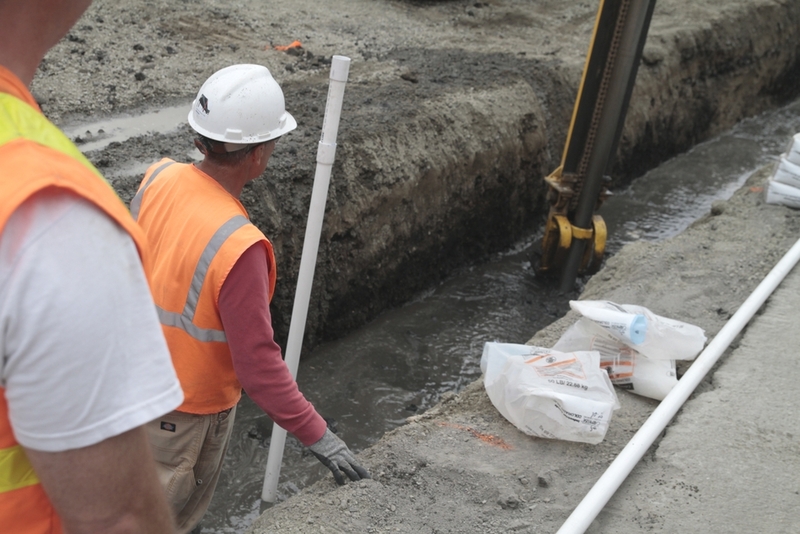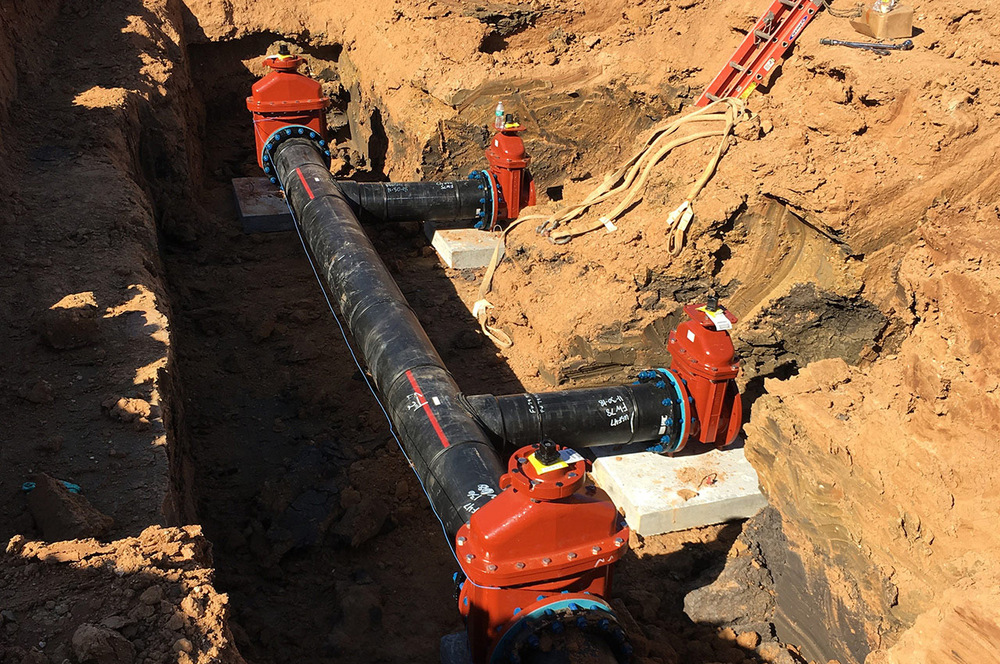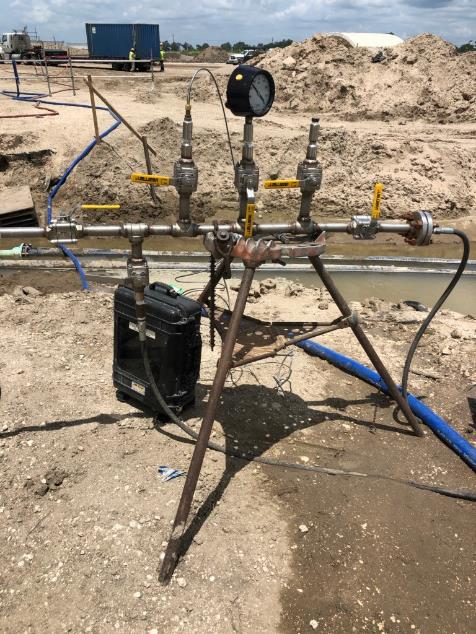
ASME Section IX: Fusion Quality Control Best Practices
In industries where the integrity of piping systems is critical, plastic pipe fusion has become a go-to joining method. But with its growing adoption comes a heightened need for consistency, durability, and safety. That’s where quality control steps in.
At the heart of any rigorous quality control program is ASME Section IX—a key section of the ASME Boiler and Pressure Vessel Code (BPVC) that governs the qualification of welding, brazing, and fusing procedures and personnel. When applied to plastic fusion, ASME Section IX provides a standardized framework to ensure each joint meets strict performance and safety requirements.
This blog explores fusion quality control matters and ASME Section IX to drive long-term success in their plastic fusion projects.
What is ASME Section IX?
ASME Section IX is a critical component of the ASME Boiler and Pressure Vessel Code (BPVC). The BPVC is a comprehensive set of standards developed by the American Society of Mechanical Engineers to ensure that the design, fabrication, and inspection of pressure-containing systems meet the highest levels of safety and performance.
Section IX specifically addresses the qualification of procedures and personnel involved in welding, brazing, and fusing. It defines the essential variables and testing requirements necessary to demonstrate that a joining process (whether for metal or plastic) can consistently produce sound, reliable joints. This includes guidelines for:
- Welding Procedure Specifications (WPS)
- Fusing Procedure Specifications (FPS)
- Procedure Qualification Records (PQR)
- Performance qualifications for welders, brazers, and fusing operators
While originally developed for metal fabrication, ASME Section IX has evolved to include fusion processes for thermoplastics, making it highly relevant to industries utilizing plastic piping systems.
Why It Matters for Plastic Fusion
In applications where plastic pipes carry gases, chemicals, or water under pressure, the reliability of each joint is critical. A poorly fused connection can lead to leaks, failures, or safety hazards that compromise entire systems. ASME Section IX provides a standardized, proven framework to help companies:
- Validate that their fusion processes meet the required performance criteria
- Ensure operators are fully qualified to perform fusions under controlled conditions
- Maintain consistent quality across every joint in the system
By adopting ASME Section IX standards, organizations working with thermoplastic pipe fusion—especially in industries like utilities, water treatment, and energy—can confidently deliver long-lasting, code-compliant systems built for safety, efficiency, and performance.
The Role of Quality Control in Plastic Pipe Fusion
Why Fusion Quality Control is Critical
Quality control is the backbone of any successful plastic pipe fusion operation. In systems where piping is used to transport water, gas, chemicals, or waste, a single compromised joint can jeopardize the safety and function of the entire network. That’s why implementing rigorous quality control (QC) protocols isn’t just a recommendation—it’s a necessity.
Effective quality control ensures that each fused joint is formed under precise, repeatable conditions. This includes:
- Proper surface preparation to remove contaminants and oxidation
- Accurate pipe alignment to ensure even heating and uniform fusion
- Controlled heating cycles to reach the correct fusion temperature
- Consistent pressure application during the joining process
- Monitored cooling times to avoid premature handling or movement
When performed correctly and consistently, these QC steps help:
- Prevent leaks, joint failures, and unplanned downtime
- Ensure regulatory compliance and reduce liability
- Extend the lifespan and reliability of the piping system
For industries relying on thermoplastic piping, such as utilities, municipal waterworks, and industrial processing plants, strong quality control practices not only protect infrastructure but also support:
- Long-term system performance
- Environmental safety
- Public trust and confidence
Consequences of Poor Quality Control
The absence of a structured quality control program introduces significant risks. Improperly fused joints can:
- Fail under pressure, leading to leaks or bursts that cause environmental damage or system shutdowns.
- Require costly repairs and replacements, especially when buried pipelines or hard-to-access systems are involved.
- Result in regulatory non-compliance, triggering fines, legal liability, and reputational damage.
In short, poor QC doesn’t just threaten the integrity of a single weld—it can compromise an entire project. That’s why aligning fusion practices with ASME Section IX and investing in quality assurance is critical for short-term success and long-term resilience.
3 Key Elements of Plastic Fusion Quality Control (QC)
Establishing a reliable fusion quality control program requires attention to detail across three critical areas: inspection, testing, and documentation. Each plays a vital role in verifying joint integrity, maintaining compliance, and supporting long-term performance.
- Inspection Procedures
Routine visual inspections are the first line of defense against fusion defects. These checks ensure that every joint meets the Fusing Procedure Specification (FPS) standards.
Key inspection practices include:
- Checking for proper pipe alignment before fusion
- Assessing bead uniformity for consistent melt patterns
- Identifying surface contamination that could weaken the joint
- Using standardized checklists to ensure repeatability
- Verifying compliance with FPS parameters
- Testing Methods
Testing confirms that fusion joints meet mechanical and performance requirements. Depending on the application and criticality, destructive and non-destructive techniques may be used.
Destructive Testing:
- Tensile tests – Measure the joint’s strength under pulling force
- Bend tests – Assess ductility and resistance to cracking
- Peel tests – Used in some plastic applications to evaluate bond strength
Non-Destructive Testing (NDT):
- Ultrasonic inspection – Detects internal flaws without damaging the joint
- Hydrostatic pressure testing – Validates pressure-holding capacity
Macro/Micro Examination:
- Analyzes the internal structure of the joint to detect:
- Voids
- Incomplete fusion
- Material inconsistencies
- Documentation and Record-Keeping
Thorough documentation not only supports internal quality assurance but is often required for regulatory or third-party audits.
Critical documentation includes:
- Procedure Qualification Records (PQR): Validate the fusion process through test results
- Fusing Procedure Specifications (FPS): Detail the step-by-step process for creating compliant joints
- Fusing Performance Qualifications (FPQ): Certify that technicians are qualified to execute the FPS
- Audit trails and inspection logs that:
- Track operator performance
- Record testing outcomes
- Demonstrate ongoing compliance with ASME Section IX
Why Certified Technicians Matter
When it comes to plastic pipe fusion quality control, even the most precise procedures and standards mean little without qualified people executing them. That’s why certified technicians trained and tested under ASME Section IX standards are essential to the success and safety of any fusion project.
Fusing Performance Qualification (FPQ)
ASME Section IX requires plastic pipe fusion technicians to pass a Fusing Performance Qualification (FPQ). This certification process:
- Demonstrates the technician’s ability to follow an approved Fusing Procedure Specification (FPS)
- Verifies that they can consistently produce reliable, structurally sound joints under defined conditions
- Helps ensure the fusion process meets the required mechanical and performance standards
Technicians must remain active and maintain their qualifications through ongoing practice, routine observation, and requalification if performance lapses.
Benefits of Using Certified Technicians
Employing certified technicians ensures:
- Adherence to documented procedures (FPS): Reduces the chance of human error and inconsistent results.
- Fewer defects and rework: Minimizes downtime and costly repairs.
- Stronger regulatory compliance: Ensures your team is constantly working within the bounds of ASME Section IX, especially critical during inspections or audits.
- Greater confidence in project outcomes: Certified personnel are better equipped to troubleshoot, maintain quality under pressure, and accurately document performance.
Built-In Compliance through Competency
Certified technicians are the front line of compliance. Their training ensures they understand how to:
- Control “essential variables” like material type, fusion temperature, pressure, and alignment—all of which, if altered, could compromise joint integrity and trigger the need for requalification
- Use proper inspection and testing methods to catch defects before they become failures
- Maintain clear, auditable records of procedures and performance qualifications in alignment with ASME Section IX
In short, certified fusion operators are both quality enforcers and compliance protectors.
Quality Control Isn’t Optional at US FUSION
Quality isn’t an afterthought at US FUSION—it’s a commitment. From certified technicians to detailed inspection protocols and robust documentation, we follow the highest standards to deliver work that holds up under pressure.
For organizations operating in utility, infrastructure, or industrial sectors, adopting ASME Section IX isn’t just about meeting standards—it’s about setting them. When you choose a partner who prioritizes quality at every step, you’re choosing performance you can trust.

